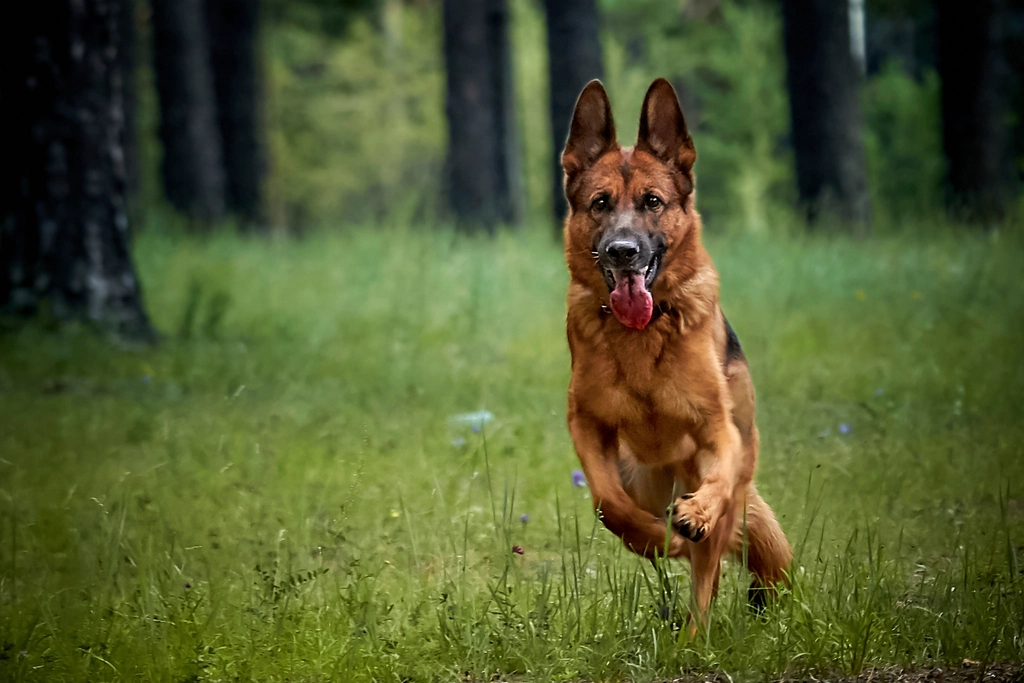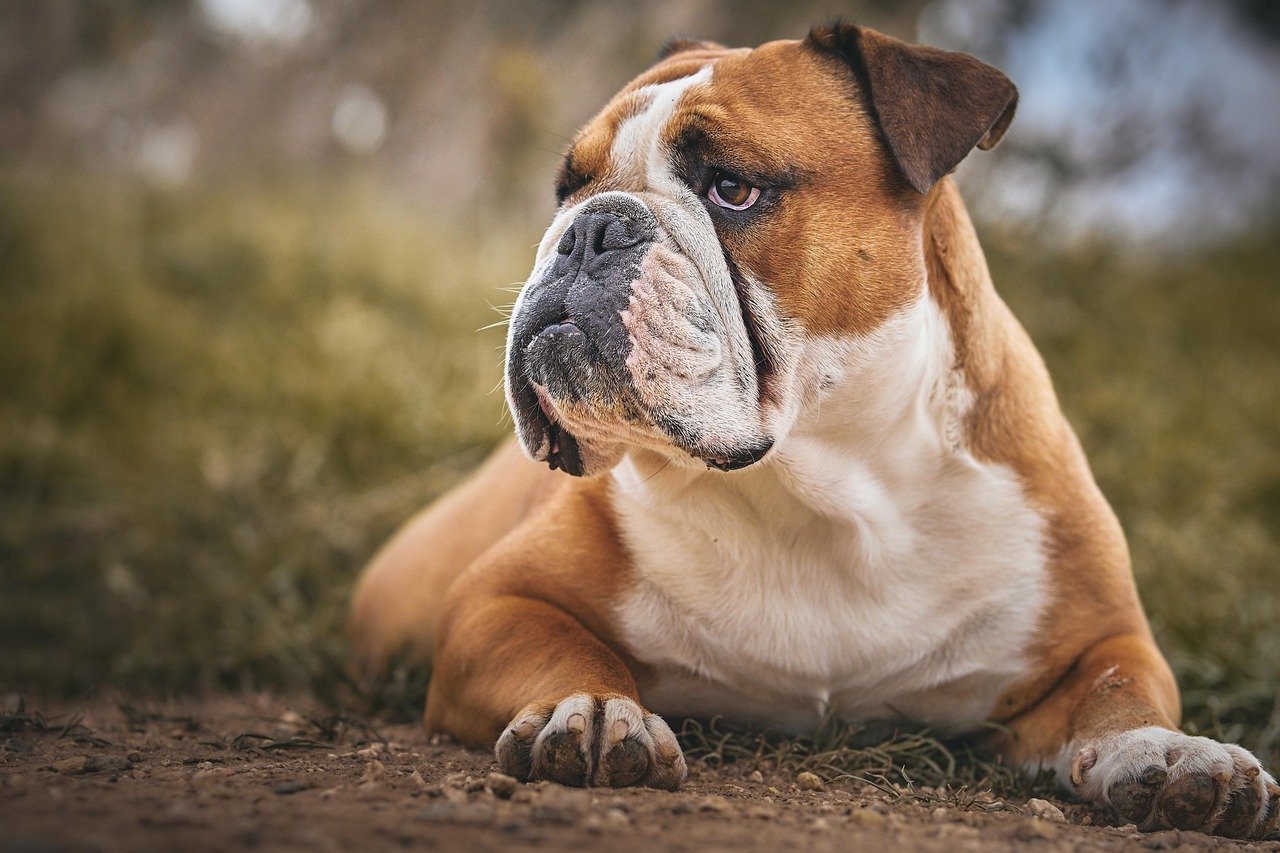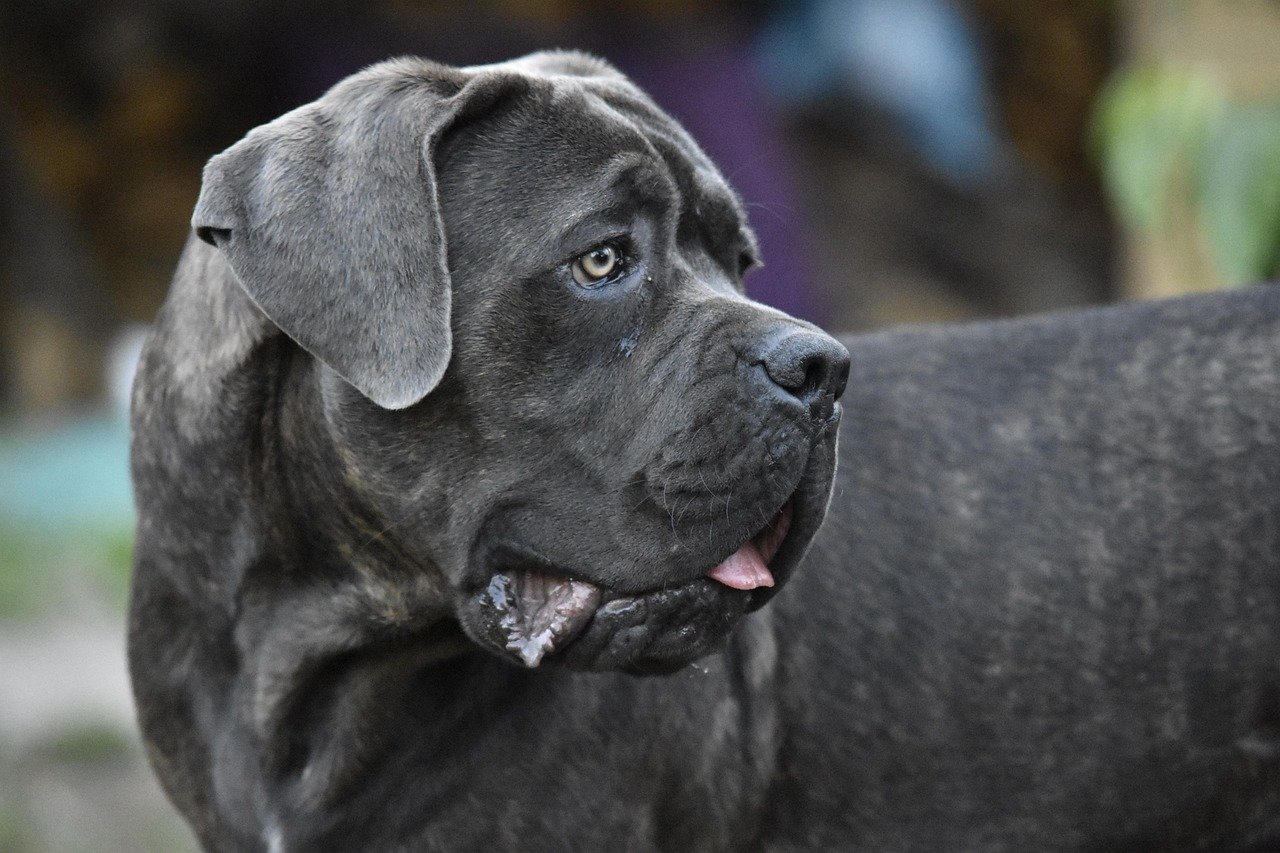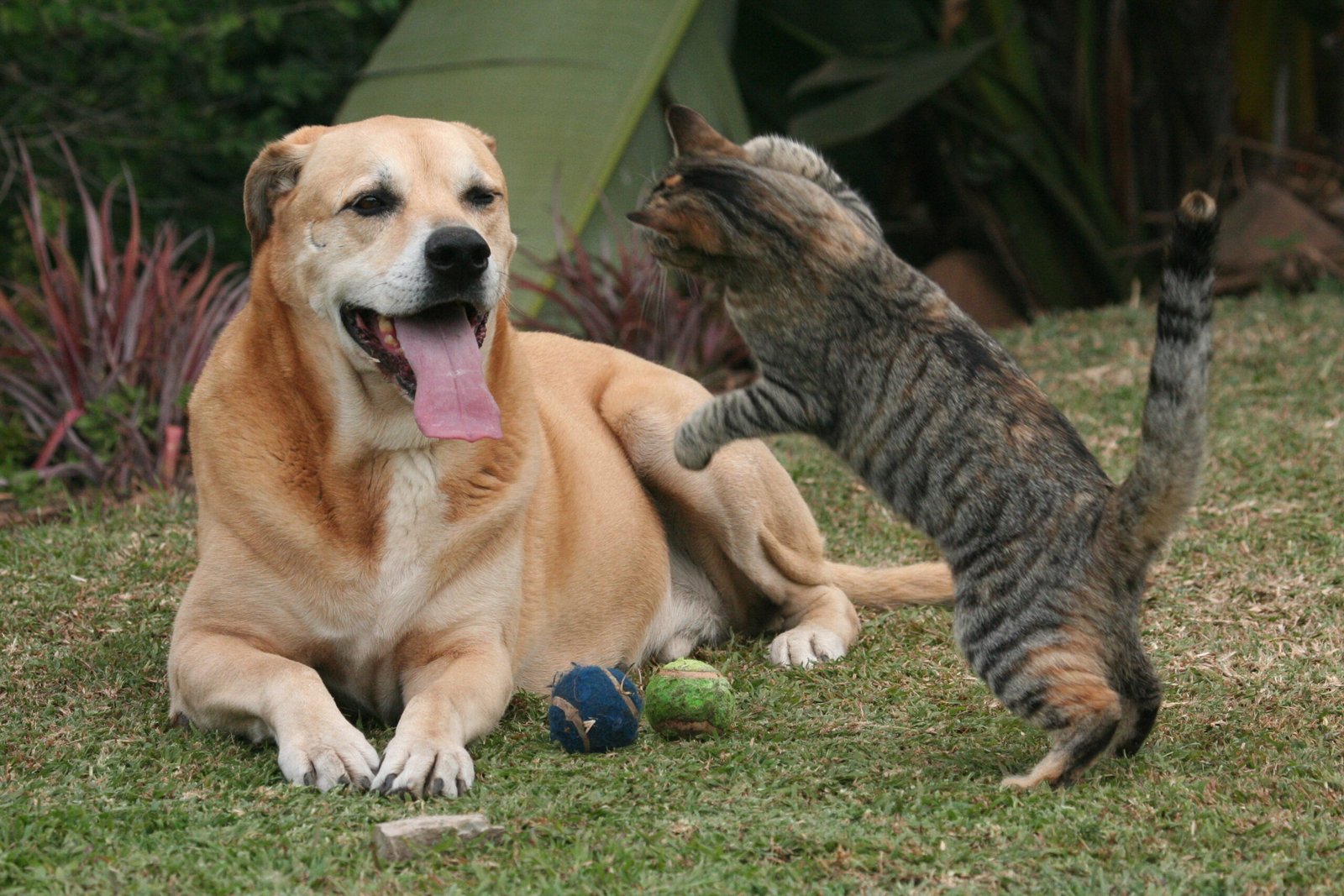Living in a multi-pet household brings immense joy, but it also comes with responsibilities that many pet owners don’t fully consider. While any dog can pose risks under certain circumstances, some breeds have characteristics that make them particularly challenging around other animals. Understanding these breeds isn’t about demonizing dogs, but about making informed decisions that protect all the furry family members in your home. The safety of your cats, smaller dogs, rabbits, and other pets often depends on choosing the right canine companion.
Pit Bull Terriers: The Controversial Champions

When discussing dogs that might pose risks to other pets, pit bull terriers inevitably top the list. Pit bull dogs are often considered the number 1 most dangerous dog in the world. A mere 6% of dogs in the U.S. are pit bulls, but they account for close to 70% of all fatal dog bite deaths. What makes this particularly concerning for multi-pet homes is their breeding history.
It is well documented by experts and humane groups that pit bulls pose a unique danger to citizens and pets due to their selective breeding for dogfighting. Unlike other dog breeds, pit bulls frequently fail to communicate intention prior to an attack (surprise attacks); possess a lethal bite style (hold and shake) and a ruinous, strategic manner of attack (gameness). This unpredictability means your other pets might not have the usual warning signs to escape danger.
Rottweilers: Gentle Giants with a Dark Side

The big meaty head and thick muscular neck that make the Rottweiler a recognizable and huggable dog are also the features that can make them dangerous. The huge muscles that power their jaws mean that if they do bite, they do so with significant force, and do not let go easily. In households with smaller pets, this powerful bite force becomes a genuine concern.
Combined, pit bulls and rottweilers contributed to 76% of the total recorded deaths. While Rottweilers can be loving family pets, their sheer size and strength mean that even playful interactions can turn deadly for smaller animals. Their protective instincts, originally bred for guarding livestock, can trigger unexpectedly around other pets they perceive as threats or intruders.
German Shepherds: The Overprotective Guardians

German Shepherds rank among America’s most beloved breeds, but their strong prey drive creates serious concerns in multi-pet households. Due to the breed’s high prey drive, families with cats and smaller animals should steer clear of the German shepherd. If you have your heart set on the dog, get a puppy, let it grow with the other pets in your house, and train it to coexist peacefully.
German shepherds are commonly used as guard dogs and police dogs due to their intelligence and loyalty. However, their protective nature can sometimes make them aggressive dogs if they are not properly trained or socialized. While not responsible for as many fatalities as pit bulls or Rottweilers, German shepherds are still considered a high-risk dog breed, with considerably more dog bite incidents than most other dogs each year. Their intelligence makes them trainable, but it also means they can learn to hunt smaller pets if not properly managed.
Akitas: The Unpredictable Loyalists

This large Japanese breed is often used as a police or guard dog in its homeland due to its protective nature. As pets, Akitas are often wary of strangers and can make overly vigilant watch dogs. They can be aggressive toward other dogs and may attack if not well-socialized at a young age to help them learn to differentiate safe animals and people from legitimate threats.
What makes the dog especially treacherous is its scissor-shaped jaw. Because of the jaw’s shape, the dog’s bite is exceptionally powerful. This breed’s territorial nature combined with their substantial bite force creates a dangerous combination around smaller pets. Even well-socialized Akitas might suddenly view a cat’s quick movement or a rabbit’s hopping as prey behavior worth investigating.
Chow Chows: Fluffy But Fierce

While the Chow Chow might look like a cuddly teddy bear, this breed is known for being highly territorial and independent. Their adorable lion-like appearance often deceives people into thinking they’re gentle giants, but this couldn’t be further from the truth when it comes to other pets.
Therefore, the dog, which originates from China, is considered a high-risk pet. Given that it can weigh up to 70 pounds, it can be extremely dangerous if it feels provoked, scared, or threatened. Chow Chows don’t typically give clear warning signs before attacking, making them particularly dangerous around curious cats or playful smaller dogs who might inadvertently trigger their territorial instincts.
Doberman Pinschers: The Lightning-Fast Enforcers

Doberman Pinschers are well-known as guard dogs and are often praised for their loyalty and alertness. However, they are also responsible for several dog bites and attacks each year. With their 600 psi bite force and athletic build, prospective owners should do all they can to turn this natural fighting dog into a lovable family pet.
When not channeled properly, Dobermans’ protective instincts can lead to aggression, especially toward strangers. Their strong build and sharp reflexes make any dog attack from this breed a serious matter. In multi-pet households, other animals are often seen as potential threats to their family, and their lightning-fast reflexes mean there’s little time for intervention once they’ve decided to act.
American Bulldogs: The Deceptive Powerhouses

While people may picture British Bulldogs, the lovably chunky couch potato cousin of American Bulldogs, the American Bulldog is a broad, brawny breed with a tremendous bite. While they account for 3.5% (15 deaths) of fatal bites, the stout dogs are more known for being aggressive to other canines. The American bulldog has a splintering jaw that can produce 305 pounds of force per square inch and can break into the triple digits when fully grown.
Unlike their British cousins, American Bulldogs retain much of their working dog mentality and physical capability. Their muscular build and powerful jaws mean that what starts as rough play can quickly escalate into something deadly for smaller pets. Their dog-to-dog aggression is particularly concerning in households with multiple canines.
Cane Corsos: The Relentless Hunters

The Cane Corso is a giant mastiff breed that was originally bred in Italy to hunt big game and guard property. It takes its role as a devoted guard dog to the extreme, and even well-socialized puppies are unlikely to become comfortable with strangers. Cane Corsos have a high prey drive, and must be strictly confined to prevent them from harming smaller neighborhood pets, such as cats and small dogs.
The Cane Corso is another breed that has in the past been used for hunting because of their aggressive nature. Cane Corsos are highly unlikely to be friendly with strangers. Their hunting background means they’re hardwired to pursue and catch prey, making them particularly dangerous around cats, rabbits, and smaller dogs. Even with extensive training, their prey drive can override their training in split-second encounters.
Boxers: The Overzealous Athletes

Boxers are hunting dogs bred for quick bursts of energy while holding prey in place. As a result, they have very strong, vice-like bites. However, if threatened, a boxer will not hesitate to defend its family and home. Since boxers can be headstrong, they require proper boundaries and socialization from an early age.
While generally good-natured, Boxers’ hunting heritage creates problems in multi-pet homes. Their instinct to hold prey in place can be triggered by small animals running or playing, and their powerful bite means they can inflict serious damage before you can intervene. Their high energy levels also mean they might play too rough with smaller, more delicate pets.
Great Danes: When Size Becomes the Enemy

The colossal size of the Great Dane makes it dangerous if it is scared or threatened. The dog definitely is a large-sized canine, measuring over 30 inches in height. When it stands on its hind legs, the dog is taller than most humans. It also carries a good deal of weight – about 180 pounds.
Most owners report that their Great Dane is good-natured, laid-back, and intelligent. However, it also is protective and territorial – two traits that may pose problems, given the dog’s height and weight. Even the gentlest Great Dane can accidentally injure or kill smaller pets during normal play. Their protective instincts, combined with their massive size, make them unsuitable for homes with cats, small dogs, or other fragile pets.
Wolf Hybrids: The Wild Cards

Even if you can you can train a wolf-dog, you will never be able to 100 percent remove natural instincts. They have a natural prey instinct that can be awakened by a small child screaming or a small animal running away. Wolf hybrids represent perhaps the most unpredictable choice for multi-pet households.
One of the strange things that will happen if you hybridize dogs and wolves is that you can get an animal that retains the highly aggressive predatory nature of wolves but they are not afraid of people. They will be predatory on children and they will be socially aggressive with adults. They play for keeps – they don’t play games. According to the National Wolfdog Alliance “A statistic shows that almost 65% of all bought wolfdogs end up in a rescue or are euthanized by the age of three”. Their wild instincts make other pets natural prey items rather than family members.
Siberian Huskies: The Escape Artists with Killer Instincts

Though these sled dogs are known for their friendly and playful nature, Siberian huskies are occasionally involved in serious dog attacks, particularly on children. Huskies have strong predatory instincts, and while they are generally good family dogs, they require more exercise and mental stimulation than other dog breeds.
It is important to also remember how closely huskies and other wolf-hybrids are removed from nature. If they become frustrated or are poorly trained, they can lash out, leading to fatal attacks if they feel threatened by strangers or an unfamiliar dog. Their high prey drive, combined with their incredible endurance and escape artistry, means they can pursue smaller pets relentlessly. Many cats and small dogs have fallen victim to Huskies who were simply following their sled dog instincts to chase anything that runs.
Conclusion: Making the Right Choice for Everyone

Choosing the right dog for a multi-pet household requires honest assessment of both the breed’s characteristics and your ability to manage potential conflicts. Regardless of the breed, it’s the dog owner’s responsibility to ensure that their pet is well-trained, properly socialized and cared for. All dogs have the potential to be loving and loyal companions, but they also need guidance to prevent aggressive behaviors. Remember that even the most dangerous breed can sometimes coexist peacefully with proper training, while even typically gentle breeds can cause harm under the wrong circumstances.
The breeds listed here aren’t inherently evil or worthless as companions, but they do require special consideration, extensive training, and constant vigilance around other pets. This means that aggressive dog breeds should only be raised by adept, experienced and firm owners who are cautious and prepared to handle this type of behavior. If you’re a first time pet parent, dog breeds that are prone to aggressive behavior shouldn’t be at the top of your list for a new member of the family. Your other pets depend on you to make choices that prioritize their safety above all else. When in doubt, choose a breed with a gentler reputation and a lower prey drive – your cats, rabbits, and smaller dogs will thank you for it.

Andrew Alpin from India is the Brand Manager of Doggo digest. Andrew is an experienced content specialist and social media manager with a passion for writing. His forte includes health and wellness, Travel, Animals, and Nature. A nature nomad, Andrew is obsessed with mountains and loves high-altitude trekking. He has been on several Himalayan treks in India including the Everest Base Camp in Nepal.





